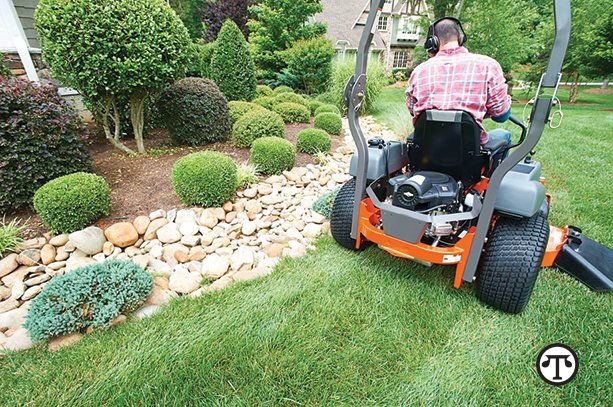Spring Lawn Equipment: Get Ready for Backyarding in High Style This Year

(NAPSI)—Backyarding is the new trend that’s emerged during the pandemic. Our backyards are where we eat, work, play, relax and socialize, and the green spaces around our homes have proven to be vibrant places for connection and vital to maintaining mental health.
So how do you get ready for lots of springtime backyarding? You organize your yard and ready your landscaping.
“Take some time to plan out your yard with your family. Once you know the purpose you want it to serve, it’s time to start working with it,” said Kris Kiser, President and CEO of the Outdoor Power Equipment Institute (OPEI), an international trade association representing outdoor power equipment, small engine, utility vehicle, golf car and personal transport vehicle manufacturers and suppliers.
“A well-cared for lawn and landscape provides the canvas for a year-round backyarding lifestyle. You’ll want to get out there with your outdoor power equipment, like your lawn mower and trimmers, as soon as spring arrives, and you want to do it safely,” said Kiser.
He offered the following tips to get lawn equipment ready for spring:
Refresh your knowledge. Read your equipment owner’s manuals and follow all manufacturer’s guidelines. If you find a manual online, save a digital copy for future reference.
Look over equipment. Lots can happen in a garage or storage shed over the winter. Check the air filter, oil level and gasoline tank. Watch for loose belts and missing or damaged parts. Replace any parts needed or take your equipment to a qualified service representative. Check to be sure that you have the appropriate batteries if needed.
Drain fuel tanks. If you didn’t empty the gasoline tank before storing equipment, drain it now. Fuel should never sit in outdoor power equipment for more than 30 days. Untreated gasoline (without a fuel stabilizer) will deteriorate, which may cause starting or running problems or damage the fuel system.
Protect your power. Use only E10 or less fuel in gasoline-powered outdoor power equipment. Most manufacturers recommend a fuel stabilizer be used, especially if you don’t use up all the fuel in the tank right away. Any fuel containing more than 10 percent ethanol can damage small engine equipment not designed for it.
Store fuel safely. Label fuel cans with the date of purchase and ethanol content of the fuel. If you don’t know the date of purchase, dispose safely of the fuel and buy fresh gasoline. Always store fuel out of the reach of children or pets and in approved containers.
Don’t mix up your battery packs. For battery-powered equipment, use only the charger specified by the manufacturer. A charger that is suitable for one type of battery pack may create a risk of fire when used with another. Follow all charging instructions and do not charge the battery pack or tool outside the temperature range specified in the instructions.
Stash batteries safely. When the battery pack is not in use, keep it away from other metal objects, like paper clips, coins, keys, nails, screws or other small metal objects, that can make a connection from one terminal to another. Shorting the battery terminals together may cause burns or a fire.
Tidy up. Clean equipment will run more efficiently and last longer. Clean equipment and store it in a dry place. Remove dirt, oil or grass. Never store equipment in a place that is damp or wet.
For further information on safe fueling, go to www.LookBeforeYouPump.com.

““A well-cared for lawn and landscape provides the canvas for a year-round backyarding lifestyle,” says Kris Kiser, President and CEO of the Outdoor Power Equipment Institute (OPEI)http://bit.ly/2PDgsd9“
